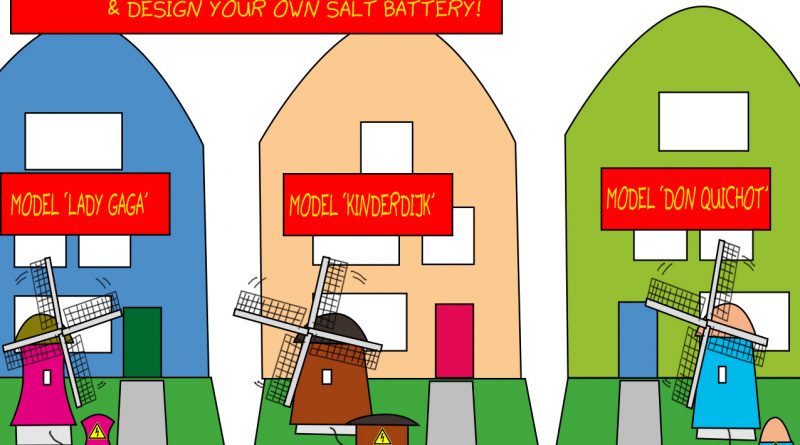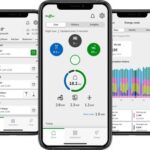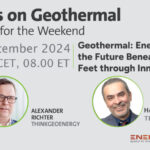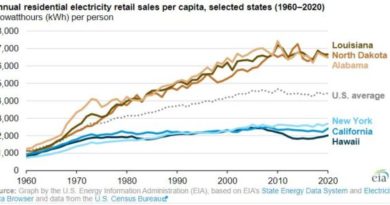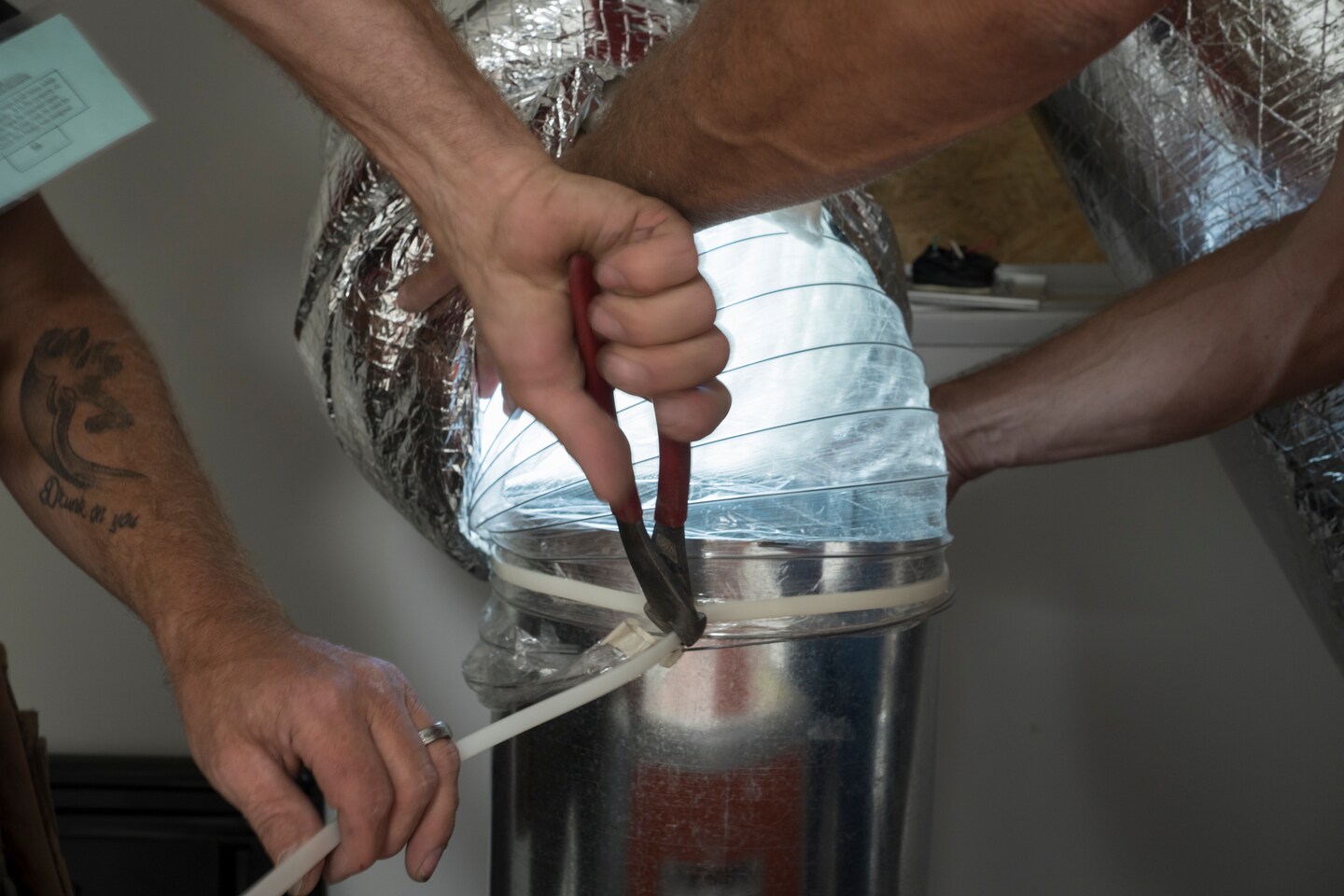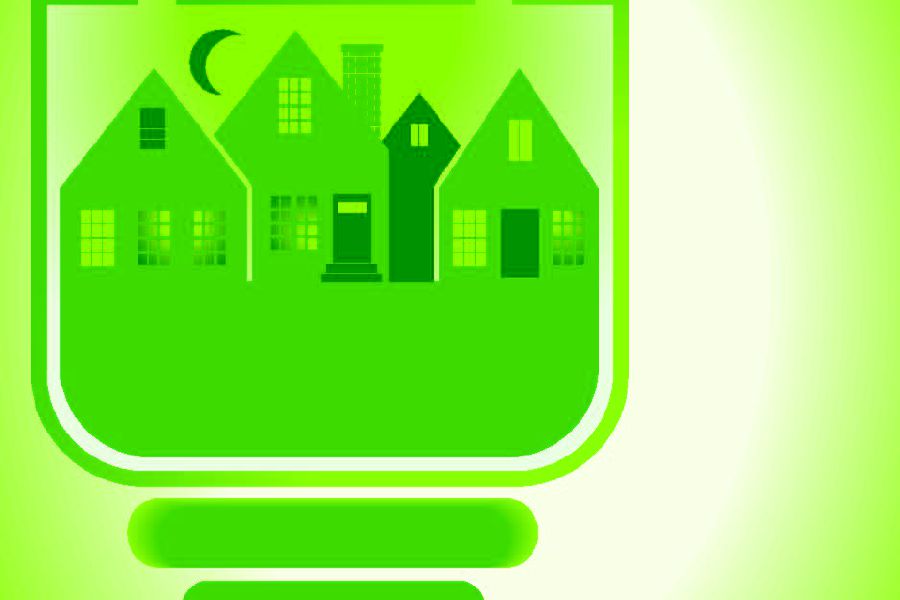Can we all live in an energy-neutral way? – Innovation Origins
Energy Disrupter
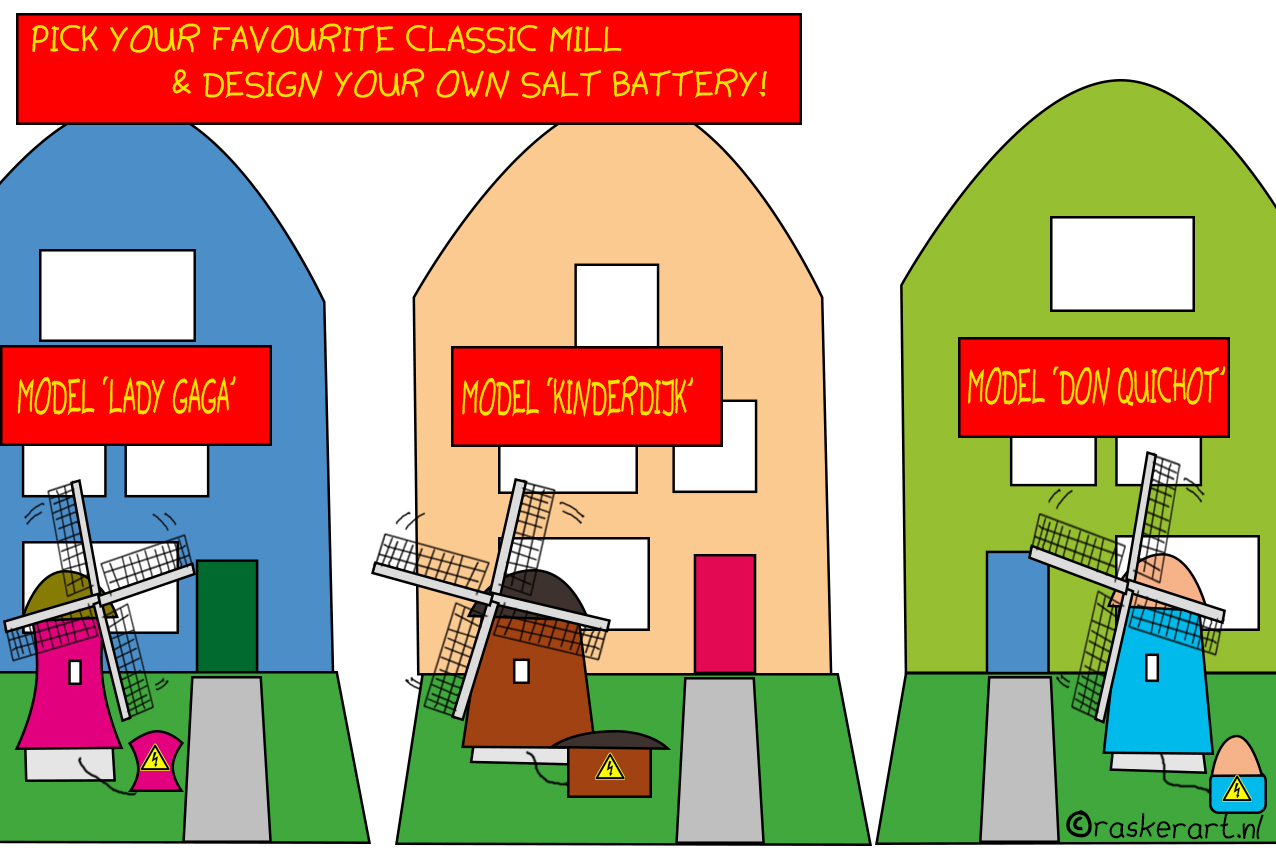
Open the newspaper and you will read that hydrogen will solve all our problems. Whether it concerns transport or energy, hydrogen is the solution. But Gijs van Wijk also sees that a small in-house hydrogen plant like the one they are proposing in Germany is still a long way off. Van Wijk is the project leader at Thuisbaas where they help households make their homes more sustainable.
“That dream is a beautiful one, of course, but for the time being, we’re not going to be able to get any hydrogen into our homes. The production of green hydrogen is partly dependent on a surplus of green electricity. It is getting better and better in the Netherlands, but we are nowhere near having a surplus.”
According to Van Wijk, the development of battery technology is also progressing so fast at the moment that hydrogen as an energy carrier in the home will find it difficult to break through. “Why should we waste green energy? A lot of energy is lost in the conversion to hydrogen. Lithium batteries are still very expensive at the moment, but if someone is able to store a 1000 euro’s worth of energy and sell that surplus to their neighbors, then this could be quite interesting. I do think this is what the future holds. Local energy supply within each neighborhood.”
Smart grid supplies energy within the neighborhood
These forms of local energy facilities are being tested at various locations in the Netherlands. One of the first so-called smart grids is located in the floating residential community SchoonSchip in Amserdam. Thirty homes floating on water exchange electricity with each other via a private network. This is where a smart energy system – in the form of software – ensures that there is always enough (sustainable) energy and heat for everyone. Surpluses are distributed or stored locally in batteries. As a result, the sustainable residential area requires almost no electricity from the grid.
In contrast to this pilot in Amsterdam, most households return their excess green electricity to the grid. Through the net energy metering scheme, they can sell this power to the grid under favorable conditions. But it is precisely this scheme that impedes the development of home storage, says Van Wijk. “At present, this is the cheapest storage battery – in quotation marks – that people have. As long as this scheme exists, far fewer people will be willing to invest in home energy storage.”
Does offsetting hamper innovation?
A thorny issue, he contends. “After all, if you abolish this scheme in one go, an entire group of enthusiasts will think twice before installing solar panels. Nevertheless, the development of home energy and heat storage is closely linked to the phasing out of this scheme.”
Yet all the while, there is plenty of experimentation going on. E.g. storage of heat and energy in salts. As well as in water and, therefore, also in hydrogen. ” All sorts of things are happening here, too. That’s a good thing, of course. Storage is the magic word. If everyone in the Netherlands were to put 20 solar panels on their roofs tomorrow, the grid would explode. But I think that the development of such things as salt buffers will take at least another five to ten years.”
Living in an energy-neutral way
But even without these storage options, Thuisbaas does demonstrate that it is possible to live in an energy-neutral way. Every year, Van Wijk and his team help around one hundred households. “All of them rid themselves of gas. Obviously, that’s nothing compared to the total transition, which is why we hope that this will be adopted. However, it is also possible to make poorly insulated houses from the 1930s energy-neutral. We consider everything that needs to be taken into account because you can insulate a house completely, except that you also need to install a good ventilation system. This is almost impossible to do in old houses. What’s more, the manufacture of insulation material has a significant impact on the climate. That’s why it’s a good idea to do a ‘standard’ insulation – cavity walls, floors and window frames – and also to look at generating more energy by yourself.”
Practically everyone opts for solar panels as standard, but Van Wijk also sees something in windmills. “Why not? There is something charming about them, I think. Although the yield is over three times lower. Windmills only really make sense if they rise meters high into the air. You don’t have that kind of space in the city.”
Van Wijk personally lives in an energy-neutral way: “I had the luxury of building my own house,” he notes. His roof is full of solar panels that not only generate electricity but also collect heat. So-called PVT panels. “These work with special slats that extract heat from the air. This is the same type of heat pump that normally extracts heat from groundwater, but instead, the system draws the heat from the roof.”
New generation of heat pumps
According to Van Wijk, developments in this area are not at a standstill. For example, work is being done on a heat pump that uses CO2 as a coolant. The advantage of this system is that it can deliver much higher temperatures than present-day heat pumps. “This means that you don’t have to replace radiators or insulate the house thoroughly to also make it more comfortable in winter. But these heat pumps work under higher pressure and are therefore extremely expensive. Also, the power output is just 4.5kw – an average household needs about 8-10Kw”.
Van Wijk personally sees a lot of potential in heat pumps running on air. “Basically, an air conditioner is a heat pump too. We mainly know it as a cooling system in summer, but in some rooms where you are not necessarily often in – such as hotel rooms – these are already being used to heat them. The only drawback is the sound, although sound decreases as the propellors get bigger.”
Original Source: https://innovationorigins.com/can-we-all-live-in-an-energy-neutral-way/

